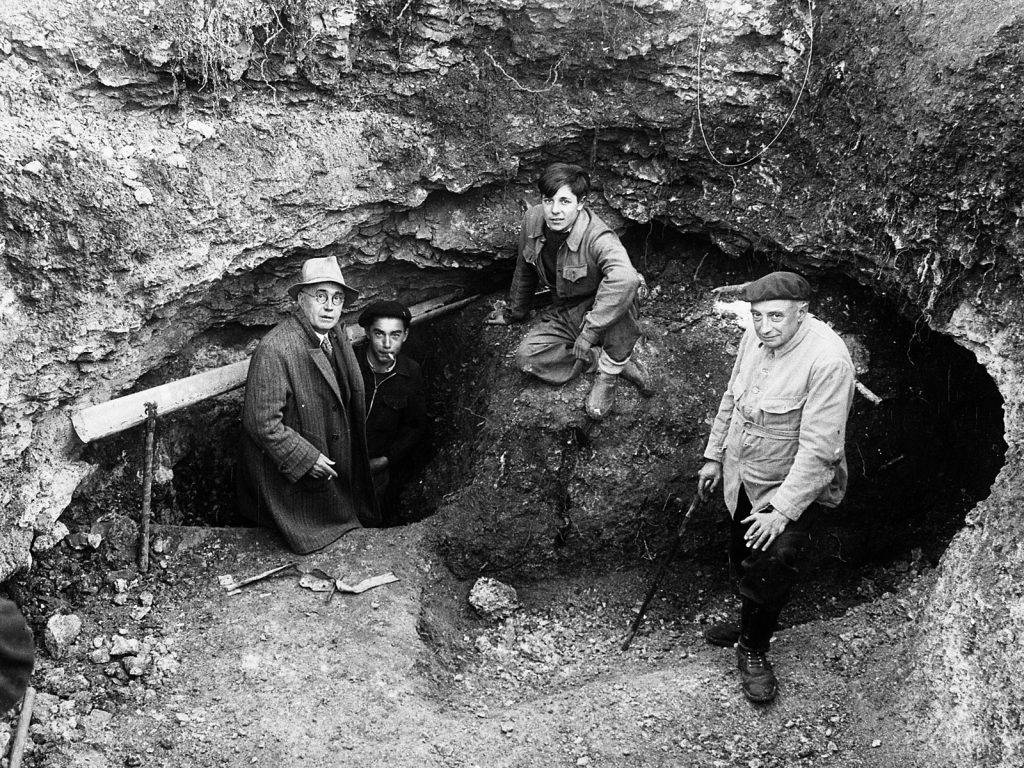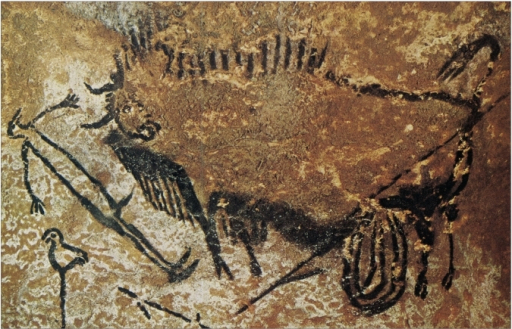Stonehenge: Incredible Facts and Fascinating Theories
Stonehenge is one of the most famous archeological sites in the world, located in the county of Wiltshire, UK. Nowadays we do know some things about...
Camilla de Laurentis 12 September 2024
Located in southern France, the Lascaux Cave houses some of the most famous prehistoric cave paintings, dating to approximately 15,000 BCE. The cave contains nearly 1,500 engravings, and around 600 representations of animals, such as deer, bison, and even some felines. Learn about the Lascaux Cave!

The Lascaux Cave was discovered in September of 1940 by four teenage boys in search of a lost dog. Only a week after they explored the cave for the first time, archeologists and historians started working on the site in order to authenticate the figures found in it.
The main cave is around 20 meters wide and 5 meters high. When first discovered, the cave was in perfect condition – it was sealed so tightly that it wasn’t affected by sudden temperature changes. In addition to that, it was a dry cave, since a layer of clay in the soil made it waterproof.

The cave has been divided into seven sectors, according to the main themes and shapes presented: the Hall of the Bulls, the Axial Gallery, the Passageway, the Nave, the Chamber of the Felines, the Apse, and the Shaft.
We call the paintings and engravings found on walls and ceilings of caves “parietal art”. Painted representations of humans are rare in Paleolithic art, and Lascaux is no exception – most representations are of animals, but there are also some abstract symbols (such as dots, lines, and geometric shapes). There is only one human image in the entire cave, and it looks like a bird-headed figure.

The animals depicted represent the fauna that humans would have encountered at that time. Lions, bears, and wolves were some of the feared predators represented, and animals like deer were hunted as part of the human diet. None of the flora is represented among the figures (there are no illustrations of plants, landscapes, or the environment). From the approximately 600 representations of animals at Lascaux, horses are by far the most often depicted animal.

The choice of techniques and tools depended on the characteristics of the support used (the walls and ceiling of the cave). In the Hall of the Bulls, for example, the support is hard and of rough texture – in this case, drawing was the best alternative. However, in other sections of the cave, such as the Chamber of the Felines, creating figures was possible by engraving, since the rock had already started to disintegrate a little due to corrosion. Another technique used was a painting by blowing dried paint through tools crafted from hollow bones.

They really worked with the environment of the cave – some figures even use the natural shapes of the rock as parts of them. In this way, the shape of the wall partially influenced the composition, being used in the construction of the animal silhouettes. Since some figures are located in high portions of the cave (some beyond 2.5 meters, where the walls meet the ceiling), they may have used scaffolding in the process of painting.
As for the colors, all the pigments we see today are of mineral origin (such as oxides of iron and charcoal). The main colors used were black, dark brown, red, and yellow. Other colors (like mauve) may appear but are quite rare. In parietal art, sometimes talc was added to rare pigments to improve its use. In the region of Lascaux, though, the supply was abundant, so no additives were necessary (only water or animal fat, which could be used as binders).

Among the many mysteries surrounding the Lascaux cave paintings, one of them is the intention behind them. The cave was not easy to access and some chambers are especially inaccessible. Most of the paintings are located very far from the entrance, in the deepest and darkest parts of the cave, and we know the place did not serve as habitation. So why go through all this trouble?
The exact meaning behind these images is still unknown, and we don’t know for certain why Paleolithic humans left them on the cave’s walls. For a while, one theory was “art for art’s sake” (pure artistic expression), but there’s not much support behind it. One of the main theories so far is that the paintings could have had a ritual meaning, playing a role in “hunting magic.” It is also suggested that the images could communicate narratives and stories.

The cave was made accessible to the public in 1948. However, to assure the conservation of the site, it was closed to public visitations in 1963. The cave’s environment is vulnerable and the number of visitors started to damage it; the colors of the paintings began to fade and algae started to grow in the cave.
Since 1979, the Lascaux Cave is a UNESCO World Heritage site, along with other 25 painted caves and 147 prehistoric settlements located in the Vézère valley. While immense efforts are involved in ensuring the preservation of the original cave and its art, three replicas have been made for visitors.

The first replica (called Lascaux II) is located not more than 200 meters from the original cave and replicates the Great Hall of the Bulls and the Painted Gallery sections. There are also Lascaux III, which is a mobile exhibition, and Lascaux IV, the most recent and complete replica. Thanks to 3D digital scanning, every centimeter of the original cave has been recreated using polystyrene, resin, and fiberglass techniques, and a team of 34 artists copied the paintings onto the new walls and ceilings. You can also take a virtual tour through the cave here.
DailyArt Magazine needs your support. Every contribution, however big or small, is very valuable for our future. Thanks to it, we will be able to sustain and grow the Magazine. Thank you for your help!